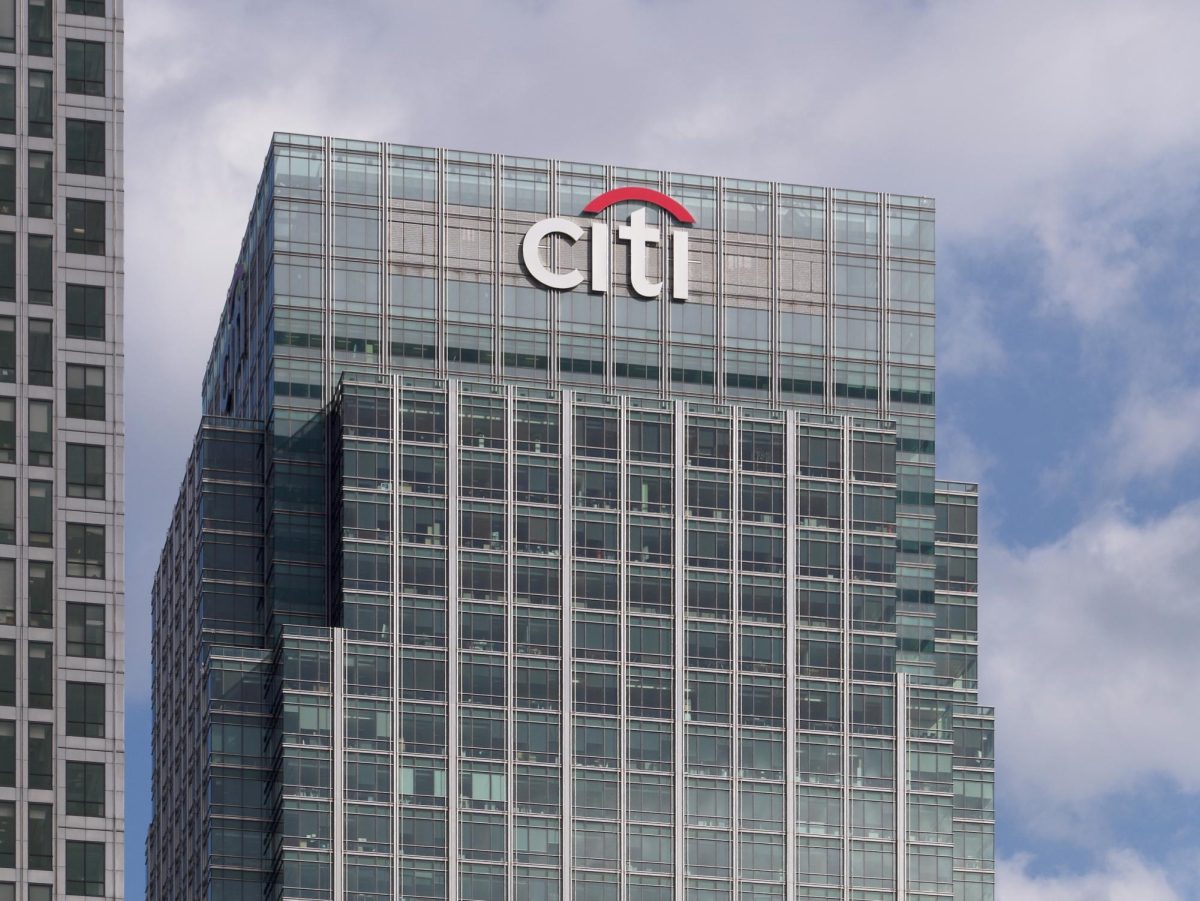Markets remained mixed between Jan. 2 and Jan. 8 as investors remained apprehensive of the timing of forthcoming interest rate cuts due to strong labor market data.
Markets closed mixed on Tuesday following lackluster performance from large market capitalization technology and consumer discretionary stocks. The Dow Jones Industrial Average rose 0.1%, the S&P 500 lost 0.6% and the Nasdaq composite lost 1.6%.
The Chicago Board Options Exchange Volatility index can be used as a gauge of investor sentiment regarding the state of the equity markets. The index declined 6% to $13.20.
Shares for Apple Inc. fell on Tuesday as the technology giant’s rating was downgraded to underweight by Barclays Equity Research, citing lackluster demand for the flagship iPhone 15 model.
The three major indexes lost on Wednesday due to the release of the Federal Reserve’s December Federal Open Market Committee meeting minutes, which spurred negative investor sentiment. The Dow decreased 0.7%, the S&P 500 decreased 0.8% and the Nasdaq decreased 2.1%.
The real estate sector, the consumer discretionary sector, and the industrial sector fell 2.4%, 2% and 1.5%, respectively.
On the same day, the Fed released meeting minutes from the December meeting. Sentiment expressed by the committee is important as it provides insight into the future level of interest rates. The central bank expects to cut rates in 2024 but did not provide a rigid timeline for these expected rate cuts.
The volatility index rose 6.4% to a value of $14.04.
Markets closed lower on Thursday due to the release of strong labor market data which could deter early interest rate cuts in 2024. While the Dow ended nearly unchanged with a 0.03% increase, The S&P 500 lost 0.3% and the technology-heavy Nasdaq lost 0.6%.
The U.S. Department of Labor announced that jobless claims fell 18,000, bringing the number of people who filed for unemployment insurance to 202,000 for the week ended Dec. 30, 2023. A decline in weekly jobless claims signifies a tight labor market, which is particularly alarming to investors when considering the elevated federal funds rate.
The energy sector, the consumer discretionary sector and the technology sector declined 1.8%, 0.7% and 0.7%, respectively.
Markets closed in the green on Friday following a week of turbulent trading sessions. The Dow increased 0.1%, the S&P 500 rose 0.2% and the Nasdaq rose 0.1%.
The communications services sector, the financial services sector and the utilities sector each rose 0.4%.
By Monday’s close, the three major indexes ended in the green, representing a positive outlook for the stock market for this year. The Dow increased 0.6%, the S&P 500 increased 1.4% and the Nasdaq increased 2.2%.
The three major indexes were primarily boosted by a rebound in technology stocks. Shares for the semiconductor manufacturer Nvidia Corp. led the way, increasing 6.4% to $522.53.
Looking back on 2023, the equity markets were predominantly moved by overwhelmingly positive investor sentiment regarding the Fed’s ability to successfully navigate a soft landing.
Moving into 2024, investors should look to add exposure to utility stocks, which stands to benefit as the Fed plans to cut interest rates.








